This story is part of Grist’s 2021 Comic Recap — an illustrated look back on some of the year’s biggest climate stories. To read the other installments, click here and here.
2021 was a banner year for extreme weather. Here’s a review of some of this year’s biggest events — and what role climate had to play.
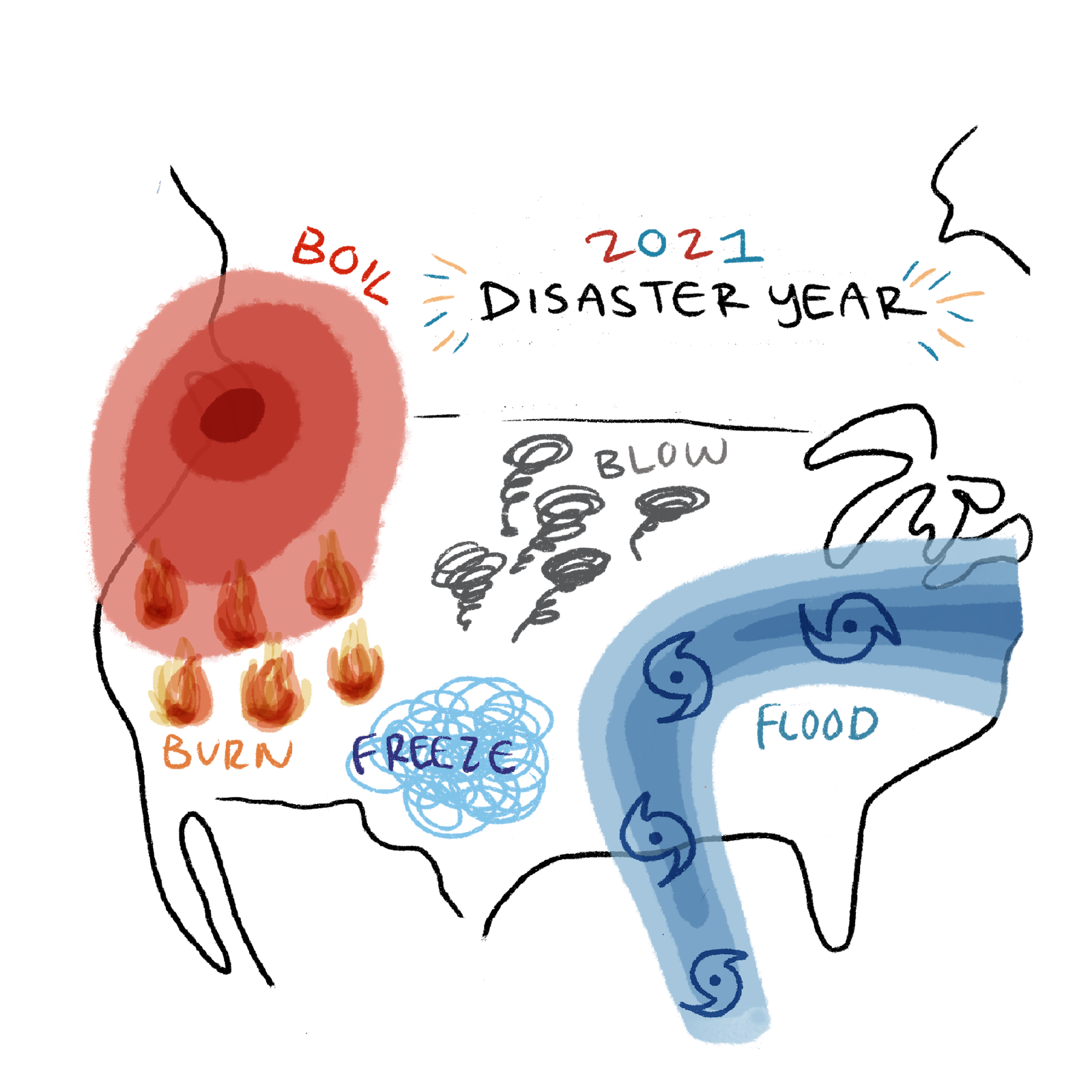
In February, a winter storm in Texas left over 4 million without power for days — and killed 210 people, according to state agencies, or as many as 702, as revealed by an independent analysis by Buzzfeed.
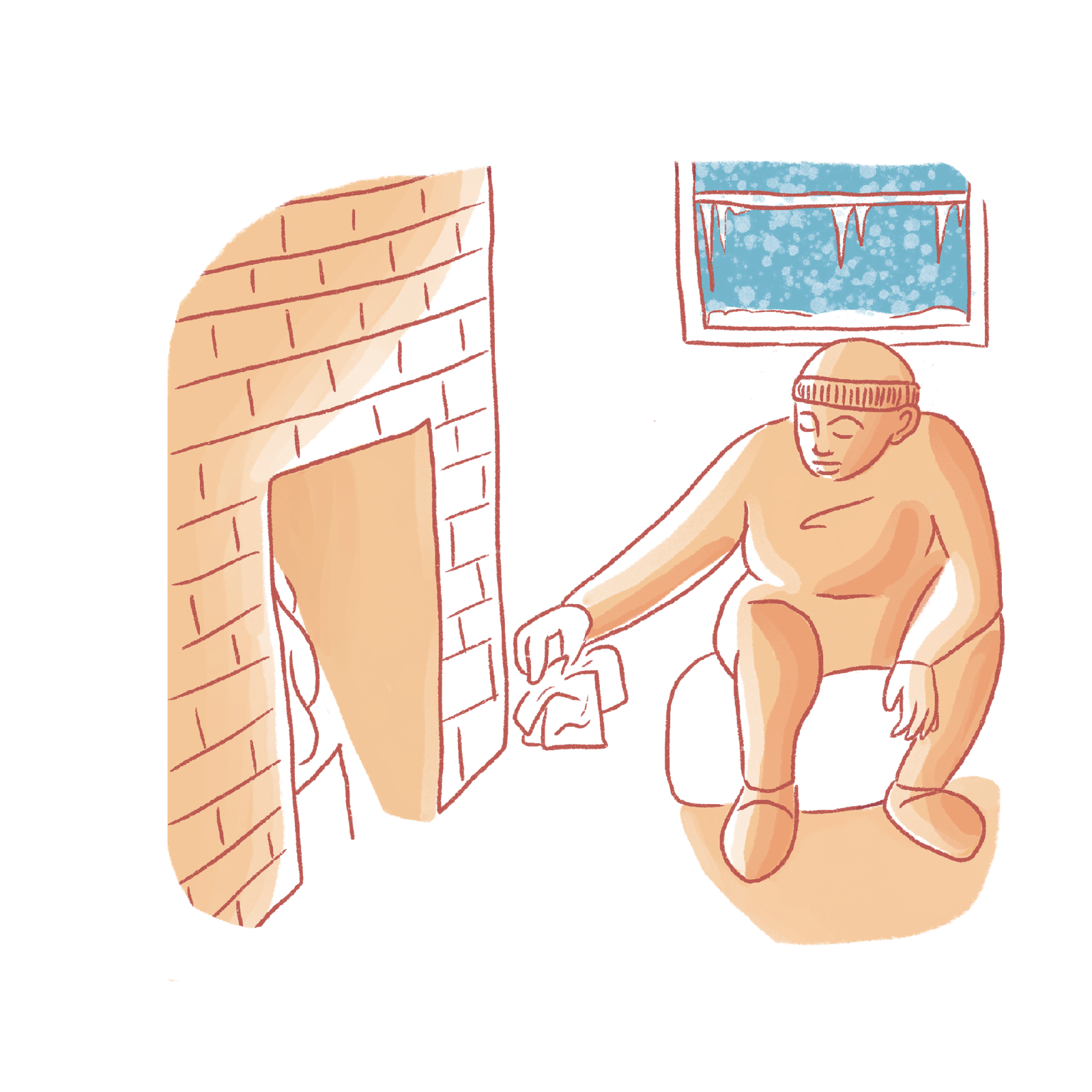
The link between climate change and extreme cold is disputed, but some researchers suggest that warming temperatures in the Arctic can lead to a weakening of the polar vortex, causing pockets of cold air to move farther south.

In May, Lake Charles, Louisiana, was hit by a “once-in-a-century” rain storm — dumping 15 inches of rain in just 12 hours (more rain than during either Hurricane Delta or Laura) on a city that had already been hit by three hurricanes in 2020.
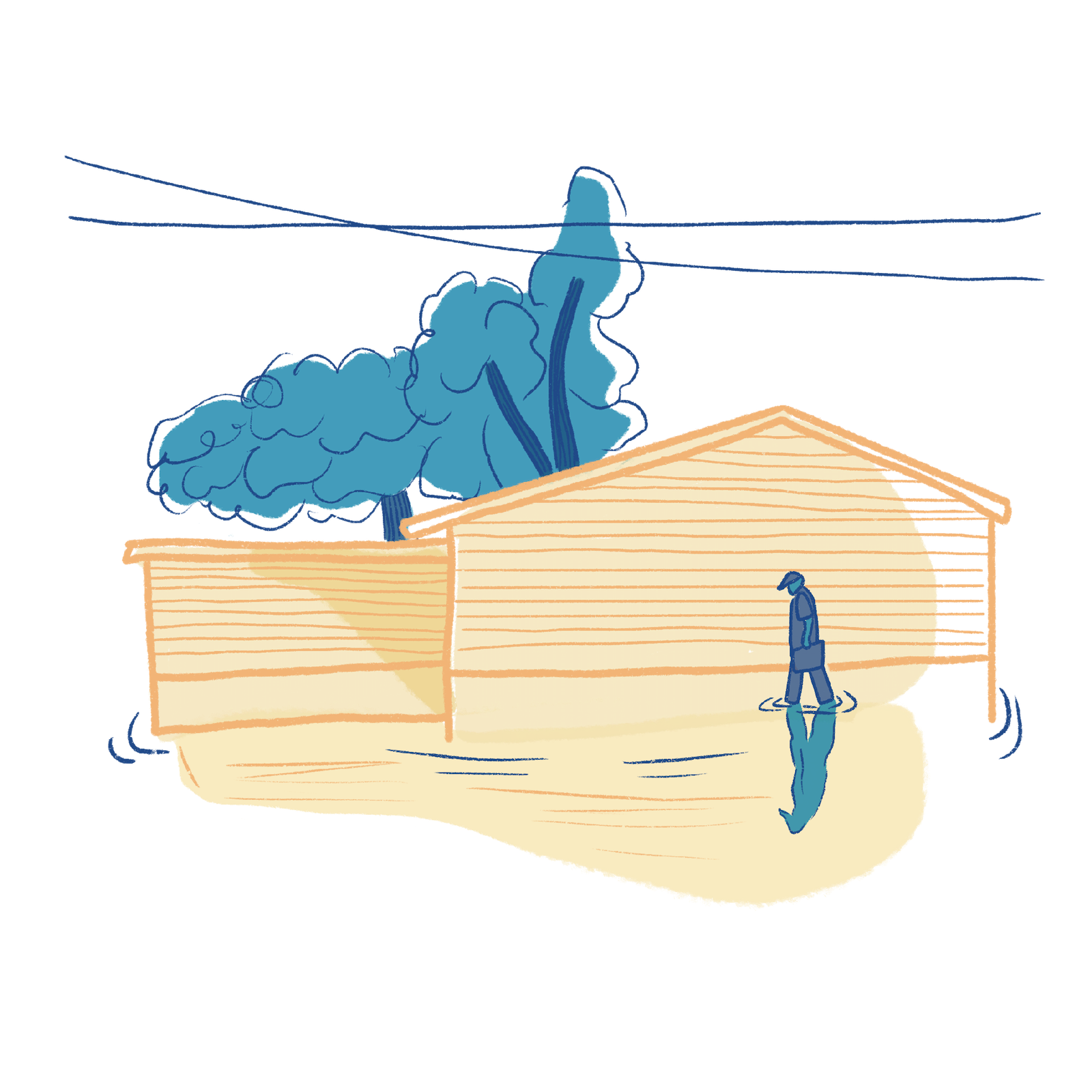
Extreme weather might already be driving climate migration in the U.S. — a form of managed retreat. The population of Lake Charles, for example, dropped 6.7 percent due to residents moving out of the city.
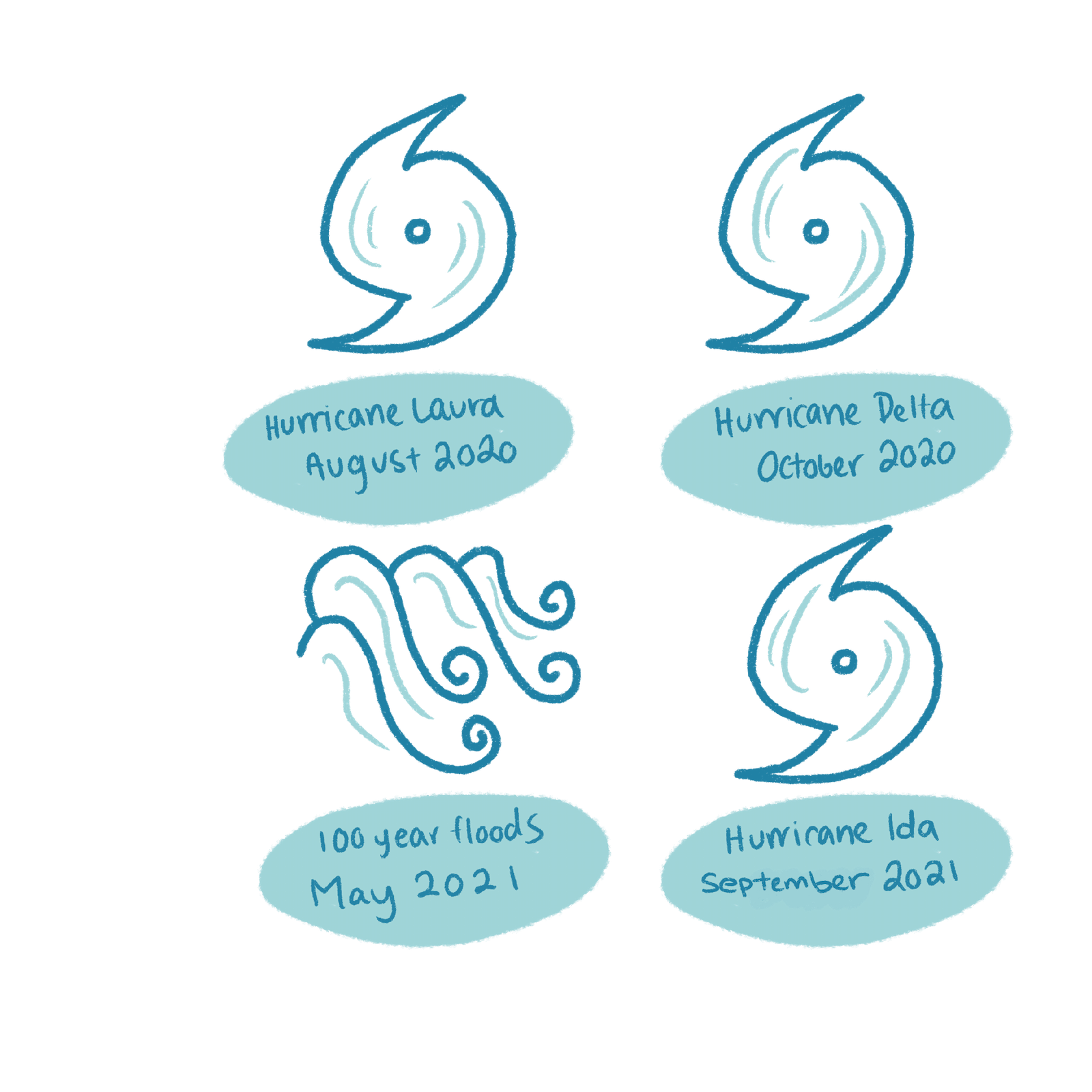
Climate change is making storms like Ida stronger and wetter as they pass over the warm waters of the Gulf of Mexico. In September, Hurricane Ida battered Louisiana as a Category 4 storm and its remnants brought deadly flooding all the way up to New England.

Over the summer, the West was gripped by an ongoing megadrought and mega heatwave conditions, both fueled by climate change, exposing 40 million people in the U.S. alone to temperatures over 100 degrees in the normally temperate Pacific Northwest.

With dry conditions comes fire. While fires in 2021 didn’t burn as many acres as last year’s record-setting season, California’s Dixie Fire clocked in as the second-largest in state history.

Fires in Canada and the West blanketed the country in smoke, darkening skies in the Midwest and East Coast, bringing with it fine particulate matter, which poses risks to respiratory health.
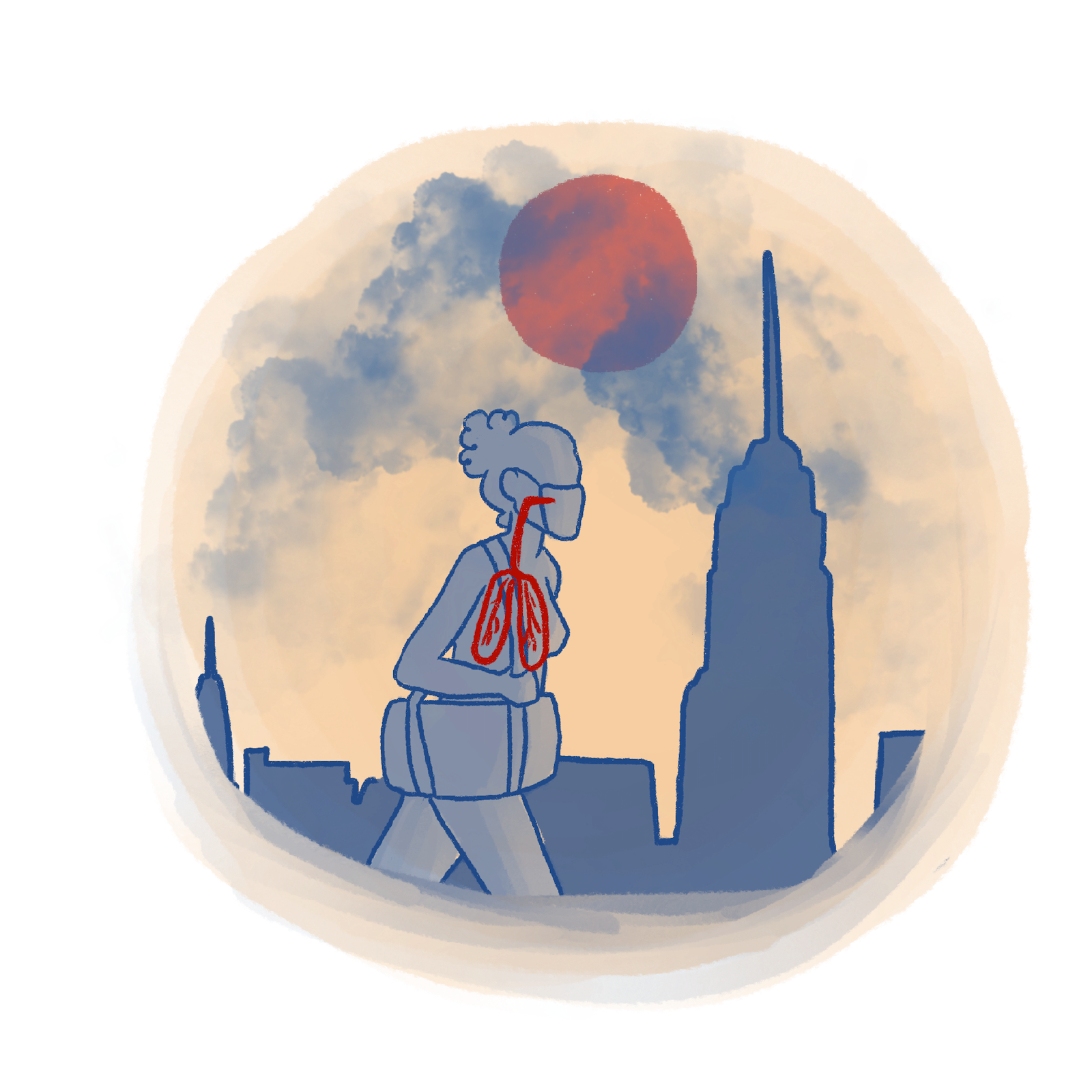
Increasingly, it’s hard to avoid the effects of extreme weather. And in a year filled with disasters, the concept of a ‘natural’ disaster may be going out the window – according to Google Ngram, which tracks how often terms are used in books, the phrase’s usage has decreased in the last decade.

The ‘natural’ in “natural disaster” can obscure both the role of climate change and inequality in fueling the impacts of extreme weather; the more that climate change fuels extreme weather, the more ‘unnatural’ disasters will become.




